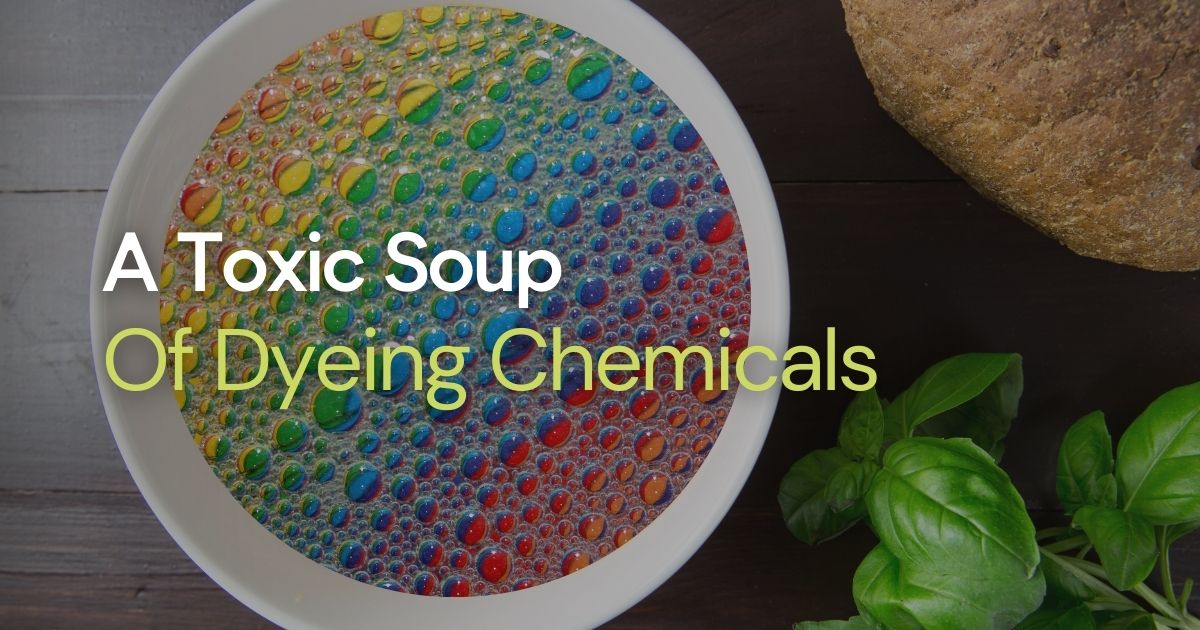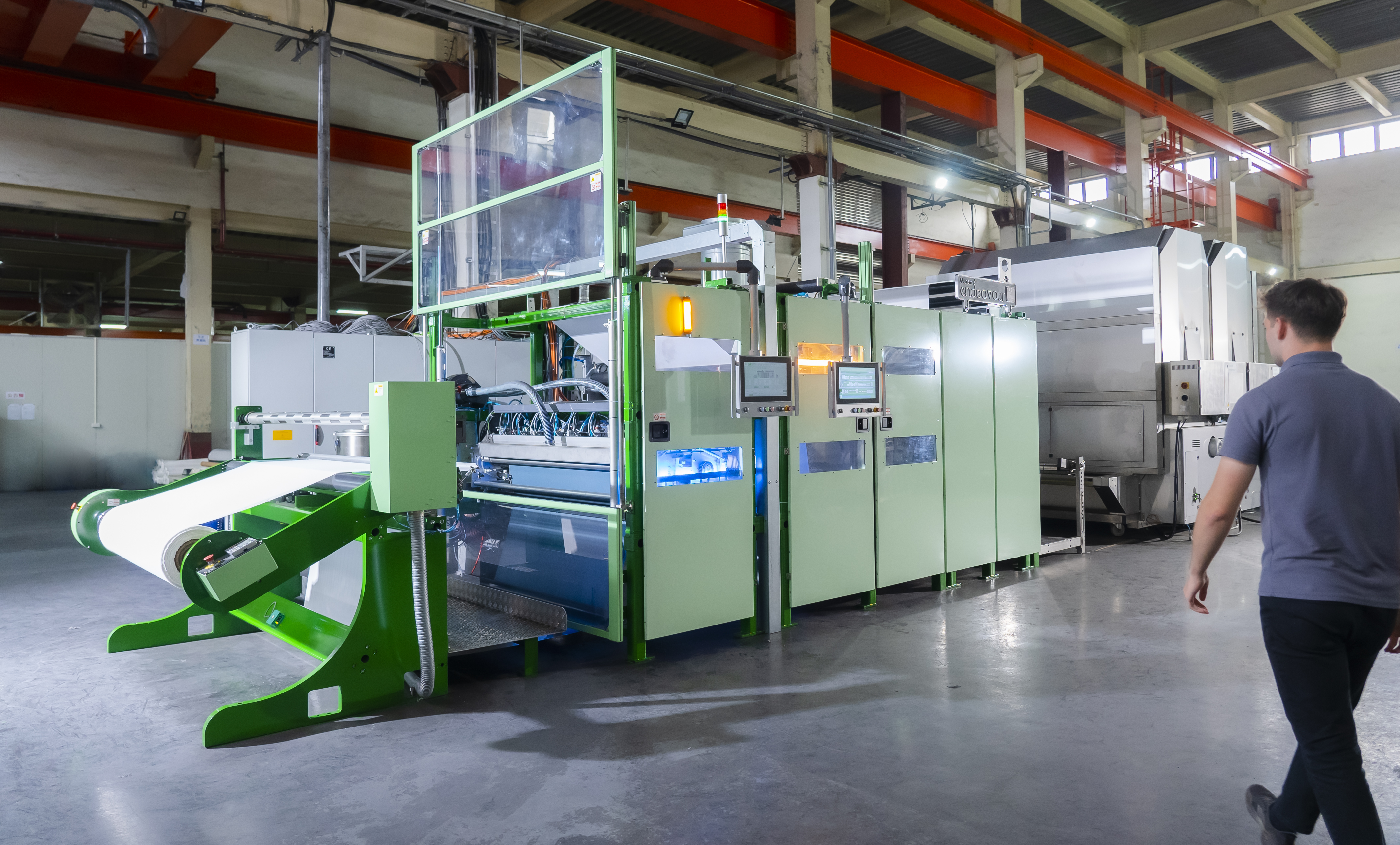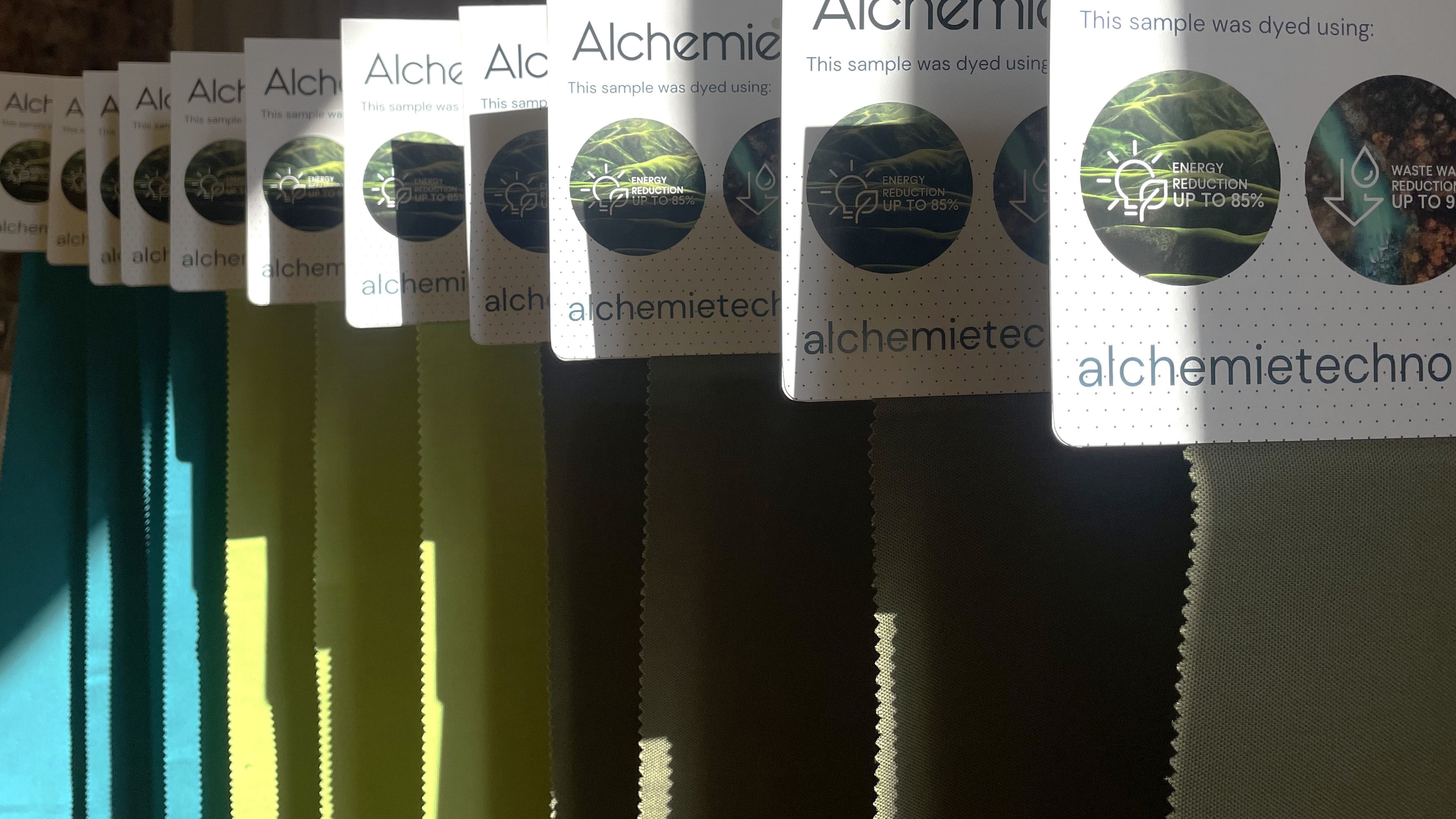 In the world of textile dyeing, vibrant fabrics carry a hidden toll during production. Up to 8,000 chemicals are used in textile dyeing. These chemicals are then mixed with excessive water supplies in traditional textile dyeing methods. With toxic wastewater produced post-dyeing, it poses significant environmental harm to those affected downstream, potentially entering food supply chains. To prevent the possibility of a toxic soup of dyeing chemicals on your dinner table, discover what solutions are available to reduce chemistry and eliminate dye waste.
In the world of textile dyeing, vibrant fabrics carry a hidden toll during production. Up to 8,000 chemicals are used in textile dyeing. These chemicals are then mixed with excessive water supplies in traditional textile dyeing methods. With toxic wastewater produced post-dyeing, it poses significant environmental harm to those affected downstream, potentially entering food supply chains. To prevent the possibility of a toxic soup of dyeing chemicals on your dinner table, discover what solutions are available to reduce chemistry and eliminate dye waste.
Dyeing Chemicals within Textiles
Textile production is notoriously resource-dependent. Globally, the industry consumes approximately 93 billion cubic metres of water per year. Equivalent to demanding up to 4% of global freshwater supplies. When you add the volume of dyeing chemicals within textiles to the water needed, the industry is responsible for up to 20% of all industrial wastewater. You can see why textile dyeing is one of the most pollutive manufacturing sectors in the world.
What’s in the Toxic Soup?
The wastewater produced from textile dyeing can be likened to a toxic soup of dyeing chemicals. Full of colour but an acquired taste. Within the toxic soup, it is loaded with chemicals and harmful pollutants.
| Pollutant | Description |
| Aromatic amines | Azo dyes, carcinogens, and anthraquinone when using reactive and disperse dyes. |
| Heavy metals | Lead, chromium, and mercury from any impurities in the dyes. |
| Synthetic compounds | Formaldehyde and surfactants from dyeing polyester. |
These are just some of the chemicals found in textile wastewater capable of significantly degrading ecosystems around textile manufacturing hubs. Not only do they pollute local rivers, but without proper functional wastewater treatment facilities, they risk being carried downstream and eventually entering the food supply chain.
So, like any soup, these problems can’t just be stirred; they need to be addressed. Clean-tech innovations throughout the industry are doing just that. From biodegradable dyes to machinery dyeing textiles more sustainably. Digital textile dyeing at production scale in particular is gaining momentum.
Reducing Toxins through Digital Textile Dyeing
Digital textile dyeing is an alternative to traditional dyeing methods. Capable of applying dyes precisely and efficiently. Compared to the high liquor ratios of existing methods, through digital textile dyeing you will use significantly less water and chemistry while achieving the same, if not, better dyed fabrics. Proving that the industry can reduce toxins through digital textile dyeing, from both dye consumption and wastewater output, to improve the industry’s environmental footprint.
From Toxic to Clean Textile Dyeing
Alchemie Technology have spent over a decade of R&D to offer commercially-ready digital textile dyeing and finishing solutions that tackle the industry’s environmental footprint. Our full-scale production solution, Endeavour™ and Novara, bring digital textile dyeing and finishing into dyehouse factories, combining precision and scalability with transformative benefits for the environment.
 We are able to achieve up to 95% less water, up to 85% less energy, and up to 30% less chemistry through our unique piezoceramic nozzles. Capable of dyeing natural or synthetic fabrics, each nozzle is individually addressable and digitally controlled for maximum precision and efficiency. By dispensing nanolitre dye droplets at lower liquor ratios and lower temperatures, compared to traditional textile dyeing methods, you only dye where it’s needed. Eliminating excess chemistry and wastewater. Therefore, you will use the minimum dye required to achieve repeatable, high-quality results. Demonstrating the transition from toxic to clean textile dyeing is practical and scalable.
We are able to achieve up to 95% less water, up to 85% less energy, and up to 30% less chemistry through our unique piezoceramic nozzles. Capable of dyeing natural or synthetic fabrics, each nozzle is individually addressable and digitally controlled for maximum precision and efficiency. By dispensing nanolitre dye droplets at lower liquor ratios and lower temperatures, compared to traditional textile dyeing methods, you only dye where it’s needed. Eliminating excess chemistry and wastewater. Therefore, you will use the minimum dye required to achieve repeatable, high-quality results. Demonstrating the transition from toxic to clean textile dyeing is practical and scalable.
 By tackling pollution at its source, our platforms offer brands and their dyehouse partners a transition to more sustainable textile dyeing methods without sacrificing performance. By drastically reducing the amount of chemistry and water needed in textile dyeing, this technology prevents anymore toxic soups of dyeing chemicals. Helping to reduce pollution from the textile dyeing industry.
By tackling pollution at its source, our platforms offer brands and their dyehouse partners a transition to more sustainable textile dyeing methods without sacrificing performance. By drastically reducing the amount of chemistry and water needed in textile dyeing, this technology prevents anymore toxic soups of dyeing chemicals. Helping to reduce pollution from the textile dyeing industry.
Find out more by contacting us at enquiries@alchemietechnology.com.